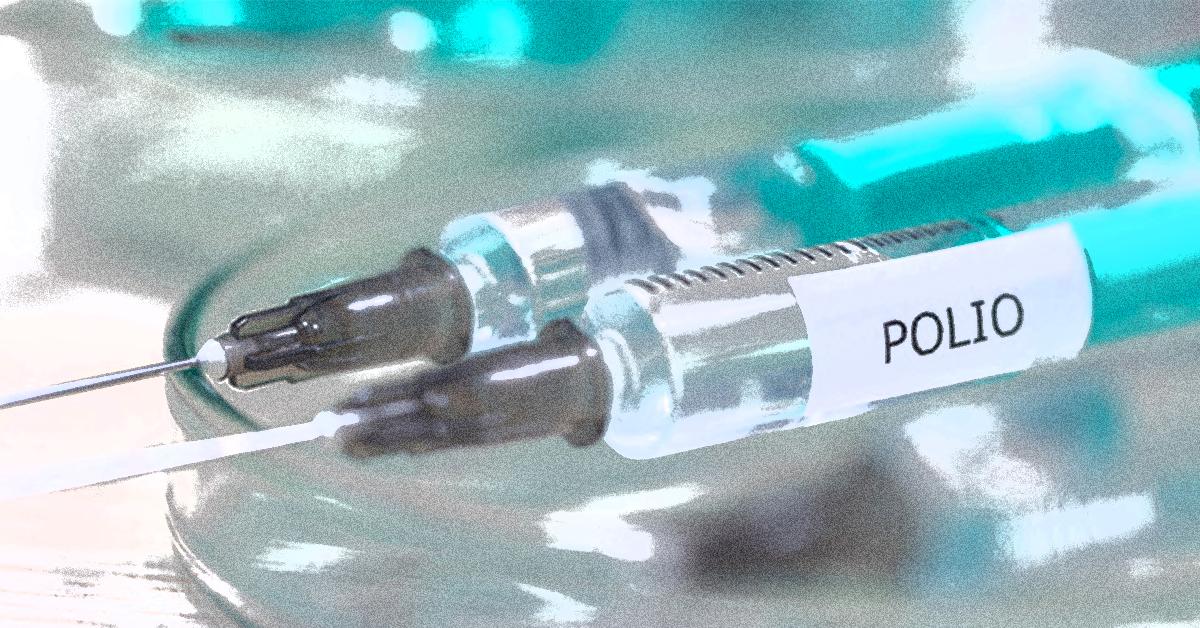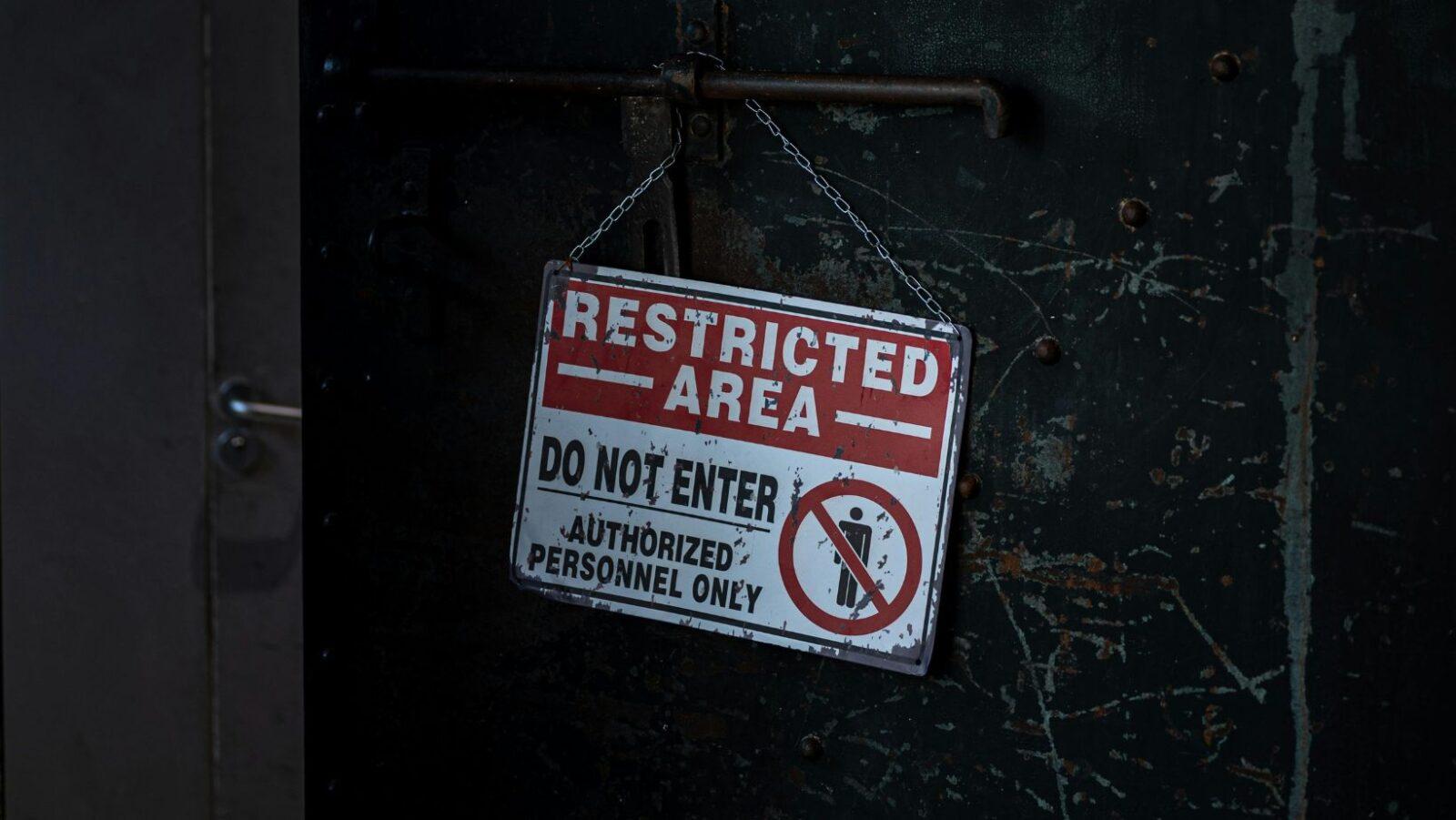(Updated on October 28, 2019) Last September 19, the Department of Health (DOH) declared a polio outbreak in the Philippines. This marked the first time the vaccine-preventable disease became a major cause for alarm in the country since the World Health Organization (WHO) declared the Philippines free of wild polio in 2000.
Reports confirmed that a 3-year-old-girl from Lanao del Sur had an extremely rare strain of poliovirus called circulating vaccine-derived poliovirus (VDPV) type 2. This officially broke the Philippines’ 26-year polio-free streak, as the last known case of wild poliovirus in the country was recorded in 1993. The most recent confirmed case is a 4-year-old child from Manguindanao who did not receive a dose of the Oral Polio Vaccine (OPV).
What is polio?
Polio or poliomyelitis is a dangerously lethal infectious disease. It causes fever, fatigue, headache, vomiting, stiff neck, and sudden onset of floppy arms or legs. Polioviruses spread from person to person, invading the person’s brain and spinal cord and causing paralysis.
Polioviruses only infect humans, dwelling in the infected person’s throat and intestines. They travel through the oral-fecal route, which means that polio spreads through food, water, and objects contaminated with the feces of an infected person. Thus, you can get infected if you touch contaminated surfaces and objects, or put them in your mouth.
What are the types of poliovirus?
There are 3 types of wild poliovirus: types 1, 2, and 3. In September 2015, WPV2 was officially declared eradicated worldwide. Last October 24, WHO declared WPV3, which has not been detected since November 2012, to be wiped out as well. Hence, WPV1 is the only wild poliovirus that remains in circulation.
Meanwhile, VDPVs are forms of polioviruses arising from the weakened virus in the oral polio vaccine. Environmental samples from sewage in Manila and Davao tested positive for VDPV2. Additionally, officials isolated VDPV1 from samples collected in Manila.
If there are VDPVs, does that mean vaccines are unsafe?
In a word — NO. That should not be the takeaway from this, because it’s not true.
The oral polio vaccine contains a weakened version of the virus, just enough to alert the child’s immune system and trigger a protective response in the body. After six to eight weeks, the vaccine-derived virus exits the child’s body. By this time, some of it may have already changed to behave more like the wild poliovirus.
However, this will only be a problem if the population is severely under-immunized (meaning, there are enough unvaccinated children for the vaccine-derived virus to circulate, survive, and mutate). It will take 12 to 18 months for the VDPV to achieve neurovirulence (become strong enough to cause disease of the nervous system) in an under-immunized population.
Note that a properly immunized population WILL be safe from polio, whether wild or vaccine-derived. Sadly, the Philippines has remained below the 95% full immunization rate target for the last ten years.
Does vaccination work?
Vaccination prevents polio, plain and simple. Hence, the national routine immunization schedule for infants includes the polio vaccine. Babies receive one dose of Inactivated Polio Vaccine (IPV) 3 ½ months after birth, along with 3 doses of OPV.
Children below the age of 5 are eligible for free OPV immunization. Meanwhile, children who did not get vaccinated on time may also avail catch-up immunizations.
According to WHO, 99 out of 100 children who receive all the recommended doses of vaccine become protected from polio.
Is there a cure for this disease?
As of the moment, the only treatment available is for alleviation of the symptoms. Therapies and antispasmodic drugs can improve mobility, but they cannot reverse permanent polio paralysis.
There is no cure for polio, but availing the required number of doses of the polio vaccine will prevent it. –MF
Cover photo: iStock
References
- https://www.who.int/csr/don/24-september-2019-polio-outbreak-the-philippines/en/
- https://www.doh.gov.ph/sites/default/files/health_promotion/IPV_FactSheet.pdf
- https://www.cdc.gov/polio/about/index.htm
- https://www.who.int/immunization/diseases/poliomyelitis/en/
- https://pia.gov.ph/news/articles/1027631
Author: May Lara Bea Labayog
Bea is an aspiring Food Technology student from UP Diliman. When not in the laboratory doing food analysis and processing, you can find her in some coffee shop writing research papers and science articles, maybe in her room watching her favorite series, in her tutees’ house teaching science and math, or in the movie house enjoying the present. She loves travelling but she hopes to find herself in the future practicing Food Laws.







